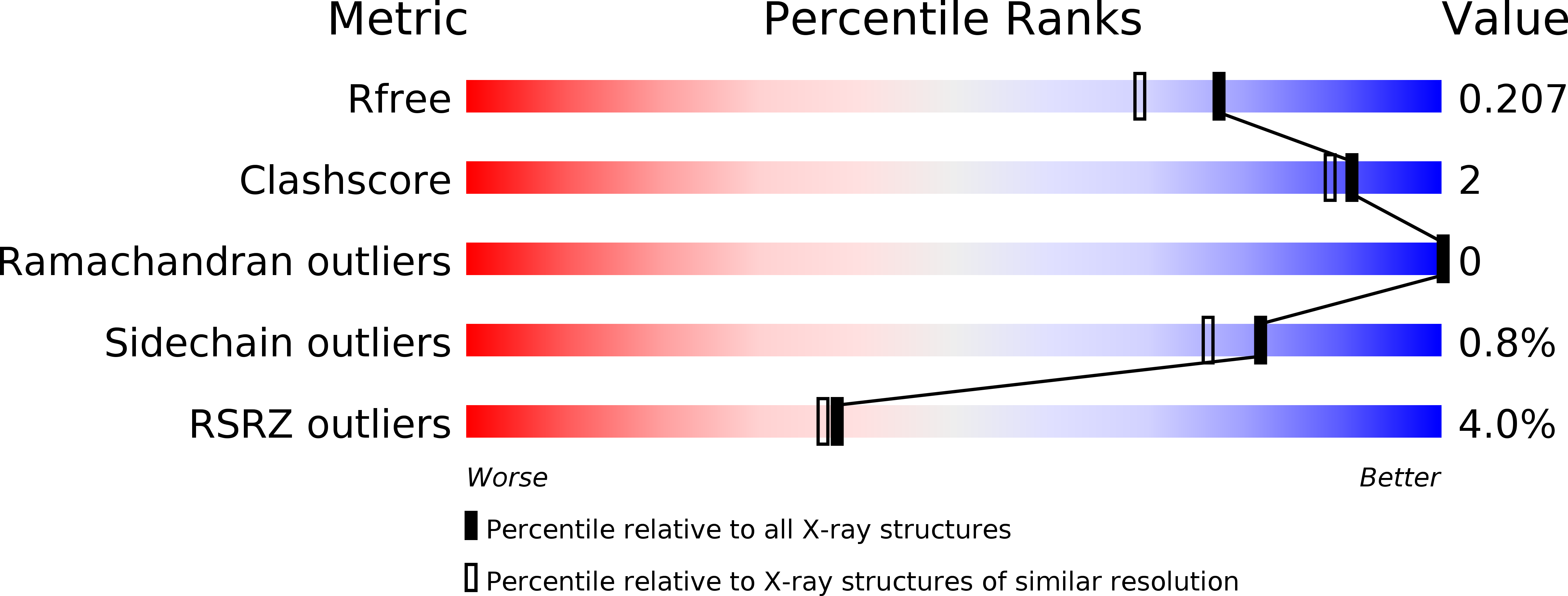
Deposition Date
2016-10-31
Release Date
2016-12-14
Last Version Date
2024-05-08
Entry Detail
PDB ID:
5M96
Keywords:
Title:
Synthesis and biological evaluation of new triazolo and imidazolopyridine RORgt inverse agonists
Biological Source:
Source Organism:
Homo sapiens (Taxon ID: 9606)
Host Organism:
Method Details:
Experimental Method:
Resolution:
1.77 Å
R-Value Free:
0.20
R-Value Work:
0.19
R-Value Observed:
0.19
Space Group:
P 61


